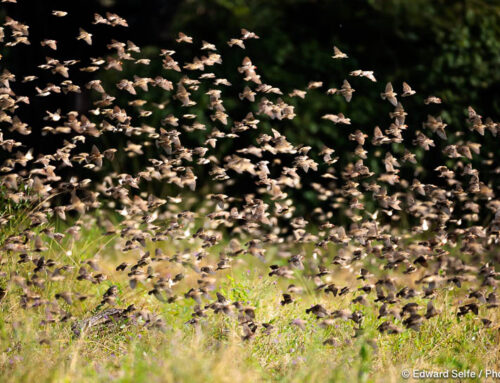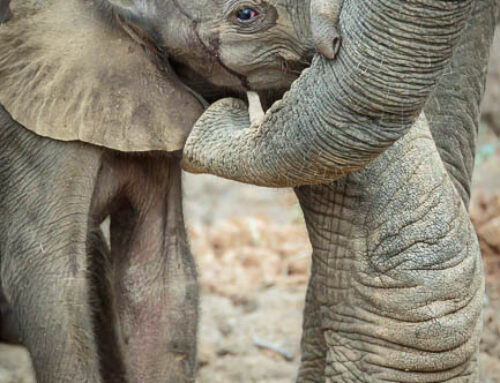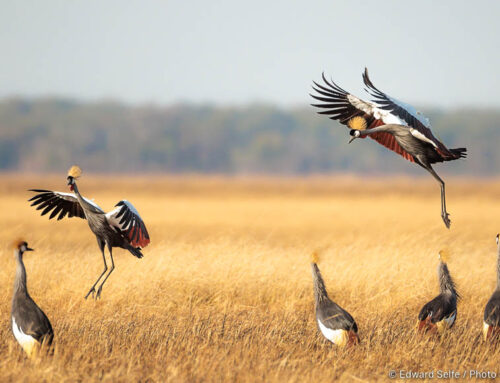Zambia’s COVID-19 experience continues. As the country develops the capability to test suspects, many more cases are being discovered. In a test of c. 350 people in Nakonde, the northern border post with Tanzania, nearly half were found to be positive for COVID-19…. This extreme prevalence of the disease is partly because it’s a border post area but is an indication that the virus is already much more entrenched than is believed.
I had several long days in the bush this week, the longest of which was the Global Big Day birding event, arranged by Cornell University. The idea is to use a competition to generate very useful data on the state of bird prevalence around the world. Zambia has a strong birding and conservation community and, this year, we lodged 64 teams’ checklists with a total of 416 of Zambia’s nearly 800 species seen on the day. This placed us 2nd in Africa and 16th globally. I had my best day ever, seeing 139 species during the day. It was a long day, but it’s great to have a challenge and the chance to visit as many habitats as possible. Had I had the endurance to stay out after dark, or had the event been held 2 months earlier, we would have had more species as we could have added nocturnal birds and many of our migrant species. Even so, I was very happy with our team’s effort and Zambia’s result! The next GBD is in October – consider joining in wherever you are…?
With so much time spent birding – when I usually don’t take my camera – I have fewer photos this week. (During the GBD, when I decided not to be distracted by having my camera with me, we found a pack of wild dogs hunting in beautiful golden afternoon light! C’est la vie!) But I still had some lovely opportunities and I hope you enjoy these photos.
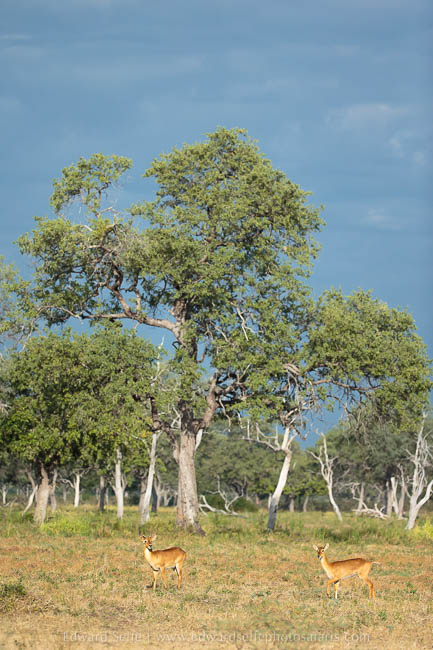
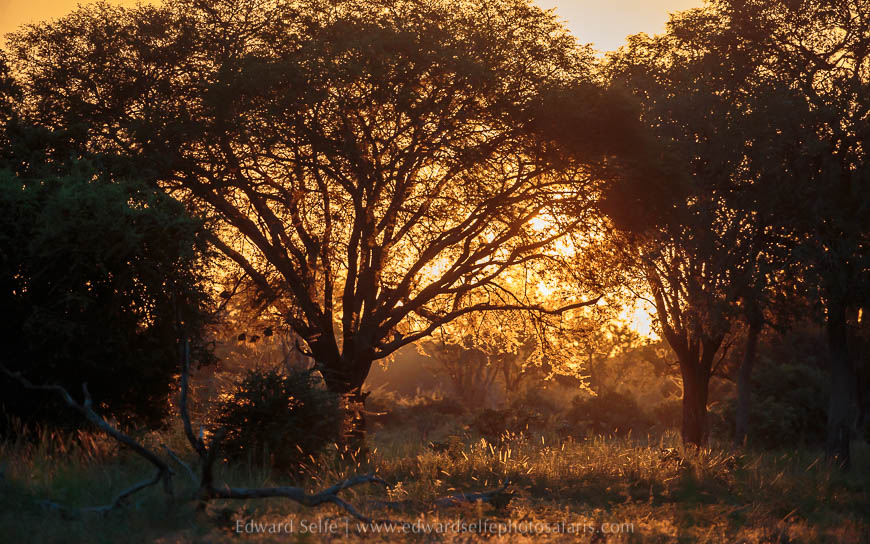
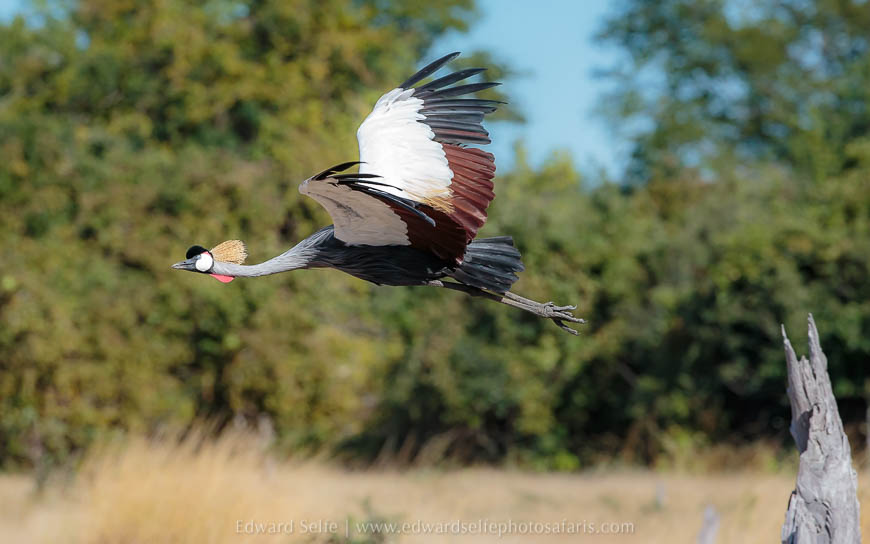
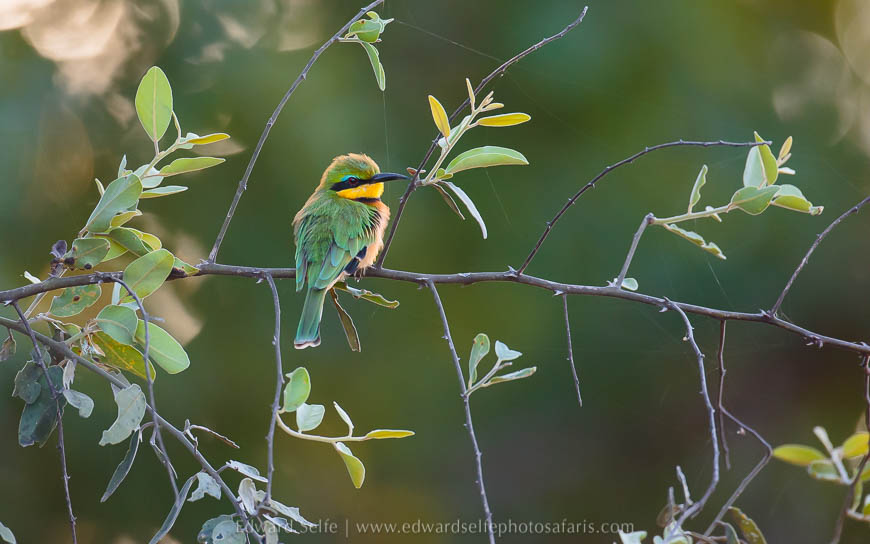
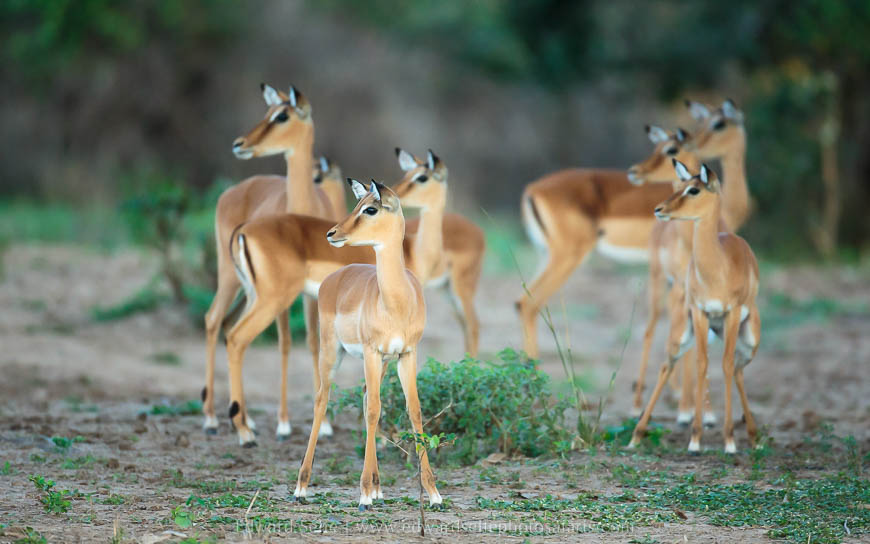
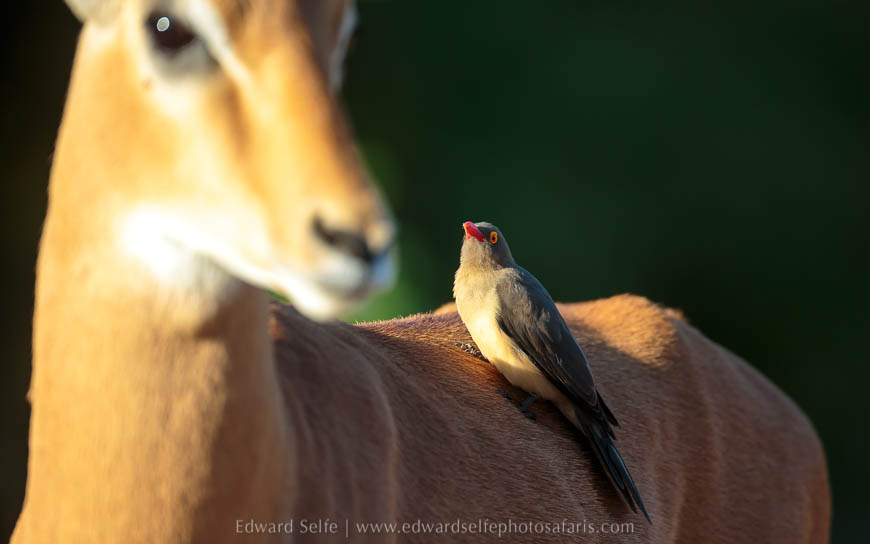
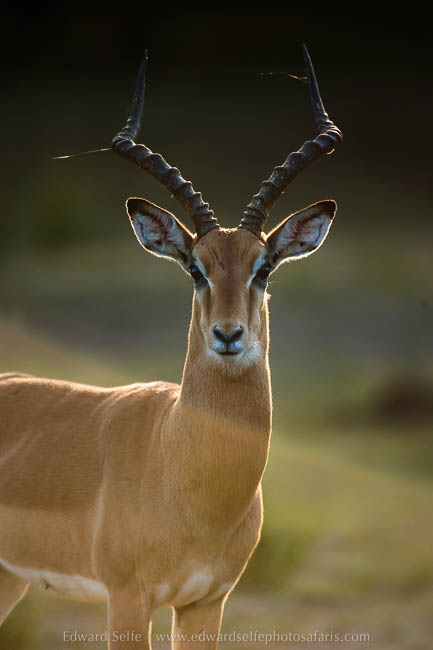
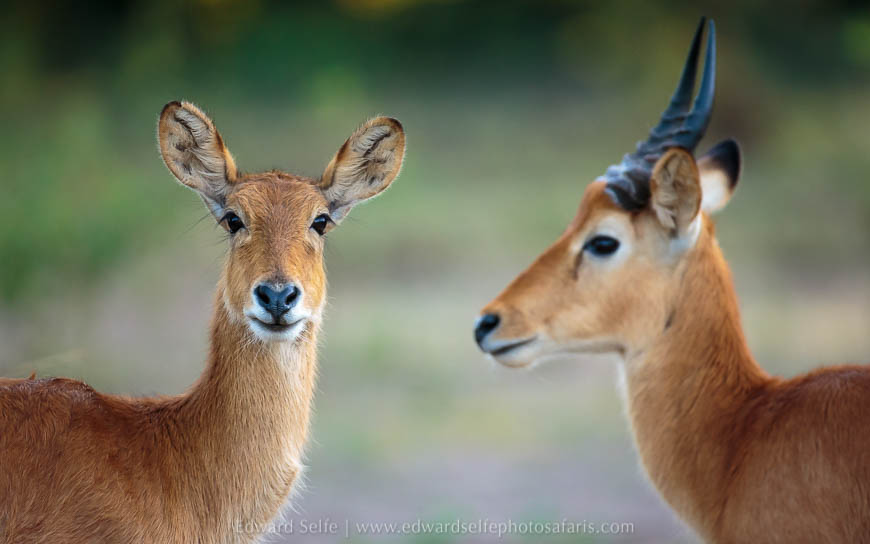
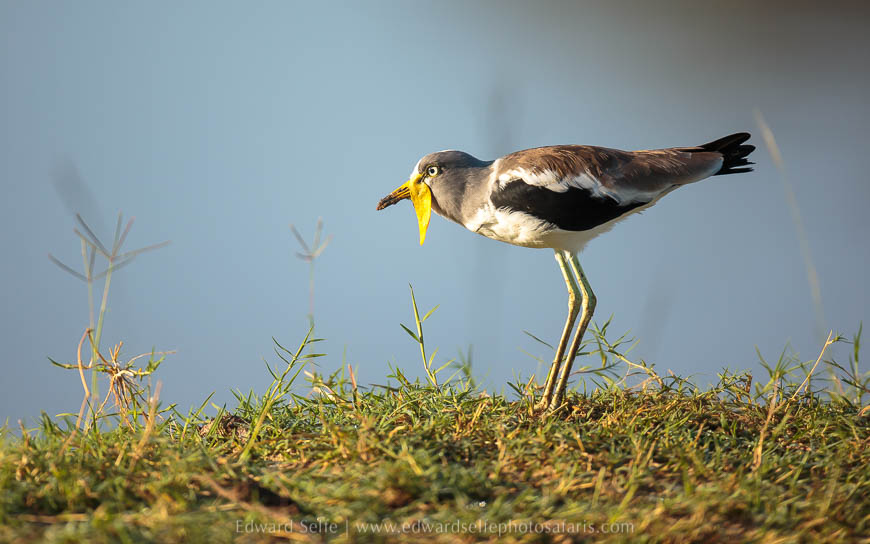
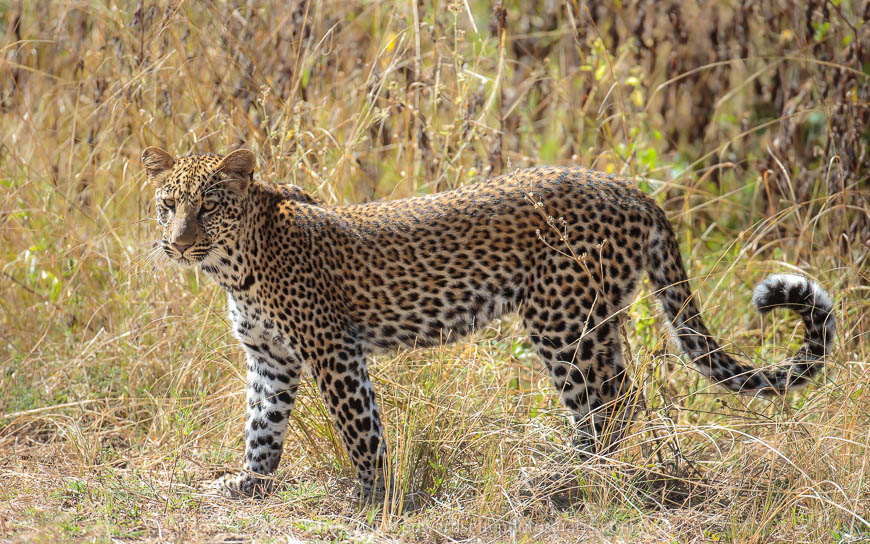
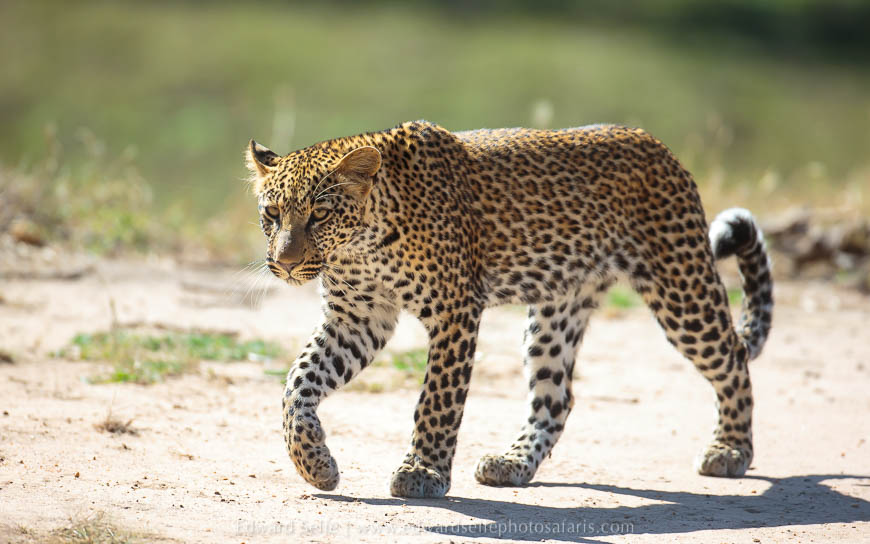
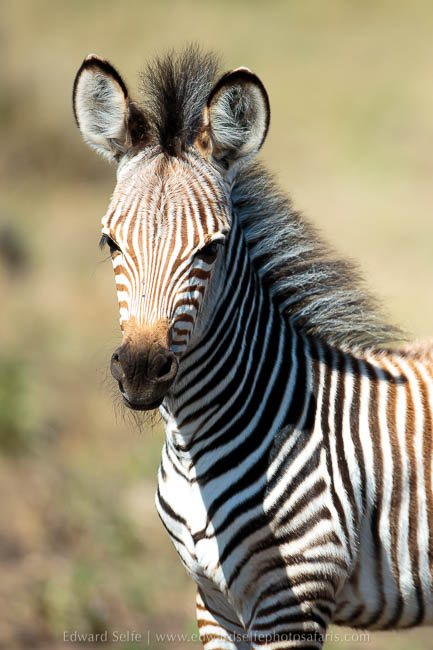
As always, I send my best wishes from South Luangwa, wishing for continued safety and health for you and yours and a timely slackening of the tight lock-down that is gripping the world.

